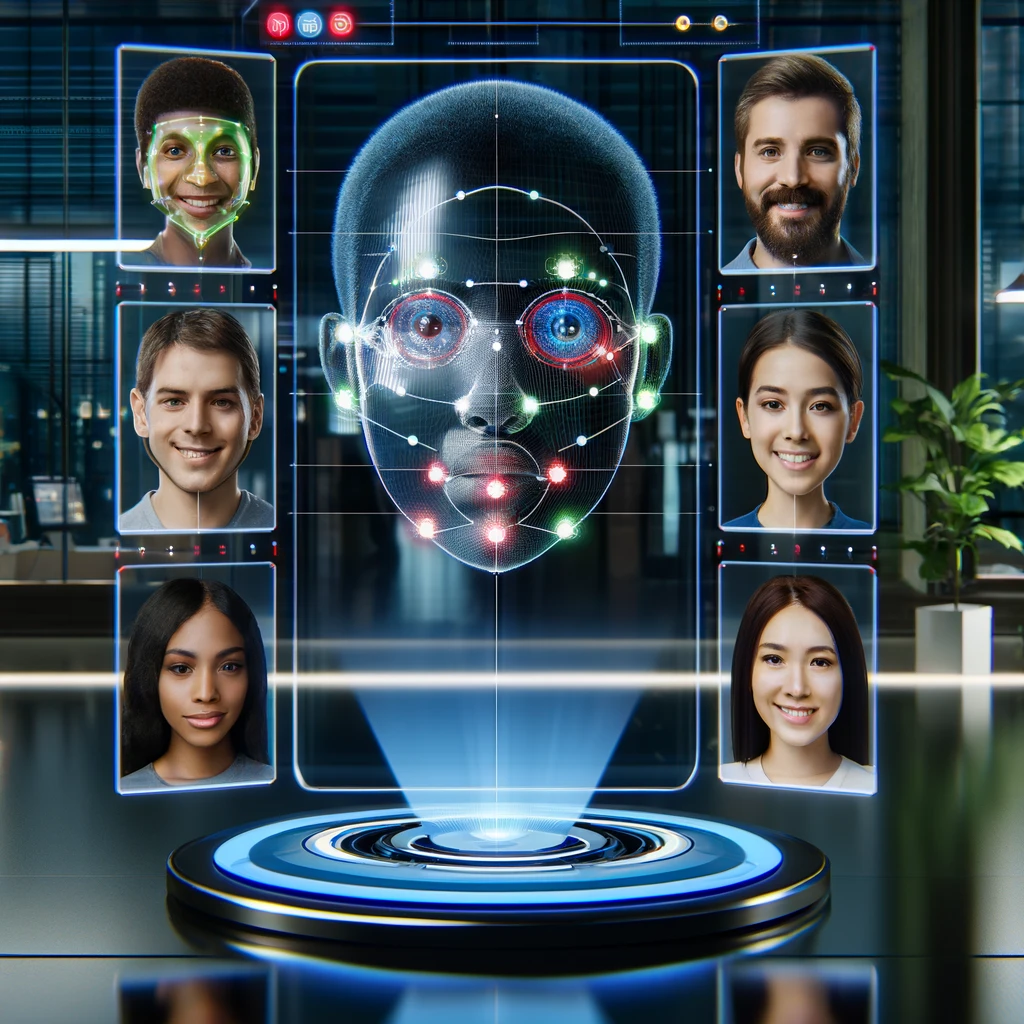Employee burnout remains a critical challenge affecting millions of workers globally, leading to decreased productivity, increased absenteeism, and higher turnover rates. Emerging technologies, especially emotion recognition software, offer promising solutions by helping organizations identify and address burnout more effectively.
Introduction: The Growing Importance of Emotional Intelligence in the Workplace
Burnout not only diminishes employee health and productivity but also impacts organizational performance. Emotion recognition technology offers a cutting-edge solution, providing real-time insights into employee emotional well-being, thereby enabling timely interventions.
Understanding Employee Burnout: Psychological Insights and Organizational Impact
Recognizing Signs and Stages of Burnout
Burnout typically progresses from mild stress characterized by fatigue and irritation to more severe stages involving alienation and significant mental health declines. Emotion recognition technology can identify subtle changes in mood and stress levels early, allowing for prompt response before full-blown burnout develops.
Organizational and Personal Factors Contributing to Burnout
Workplace factors like excessive workload, lack of control, and insufficient rewards, combined with personal elements such as work-life imbalance and personality traits, contribute to burnout. Addressing these factors requires a holistic approach integrating technology and organizational changes.
Implementing Employee Burnout Solutions: Strategies for Prevention and Management
Organizational Changes to Prevent Burnout
Adopting flexible work policies, redesigning jobs to increase autonomy, and enhancing reward systems are effective strategies. Leadership plays a crucial role by promoting a culture that values well-being and recognizes employee efforts.
Personal Interventions to Support Employees
Programs focusing on stress management, mental health support, and career development can be tailored to individual needs, significantly reducing burnout risks. Emotion recognition tools can assist in customizing these interventions by providing insights into employees’ emotional states.
Leveraging Emotion Recognition Software for Burnout Solutions
Emotion recognition technology, as detailed in recent studies, can detect emotional states that may indicate burnout, such as diminished happiness and altered emotion processing patterns. This technology uses neurophysiological markers to assess stress and fatigue, offering a proactive tool for managing workplace well-being.
Case Studies and Research Insights
Research highlights the effectiveness of emotion recognition in identifying burnout early, particularly in high-stress environments like customer service and healthcare. Studies also discuss the potential of AI-augmented tools to aid employees in managing emotional labor, significantly reducing stress levels and preventing burnout.
Ethical Considerations and Future Directions
While promising, the use of emotion recognition raises ethical questions concerning privacy and consent. Organizations must address these concerns transparently, ensuring that these technologies are used responsibly and with clear benefits to employees.
Conclusion: Embracing Technology for a Healthier Workplace
By integrating emotion recognition technology with comprehensive management strategies, organizations can more effectively combat employee burnout. This approach not only enhances employee well-being but also promotes a more engaged and productive workforce.
References
- Zhang, Y., Zhu, X., & Xing, X. (2023). Happiness Detected by the Emotion Cognition System Is Associated with Burnout. International Journal of Environmental Research and Public Health, 20(3), 2212.
- van der Linden, D., Keijsers, G., Eling, P., & van Schaijk, R. (2017). Neurophysiological markers of emotion processing in burnout syndrome. Frontiers in Psychology.
- Giebelhausen, M., & Robinson, S. (2020). Half human, half machine–augmenting service employees with AI for interpersonal emotion regulation. Journal of Service Management.
- Petersen, L. & Smith, T. (2020). Supervisor conflict management climate and emotion recognition skills: Implications for collective employee burnout. International Journal of Conflict Management.
- Kwon, M., & Jang, Y. (2023). Automated emotion recognition in the workplace: How proposed technologies reveal potential futures of work. Proceedings of the ACM on Human-Computer Interaction.




